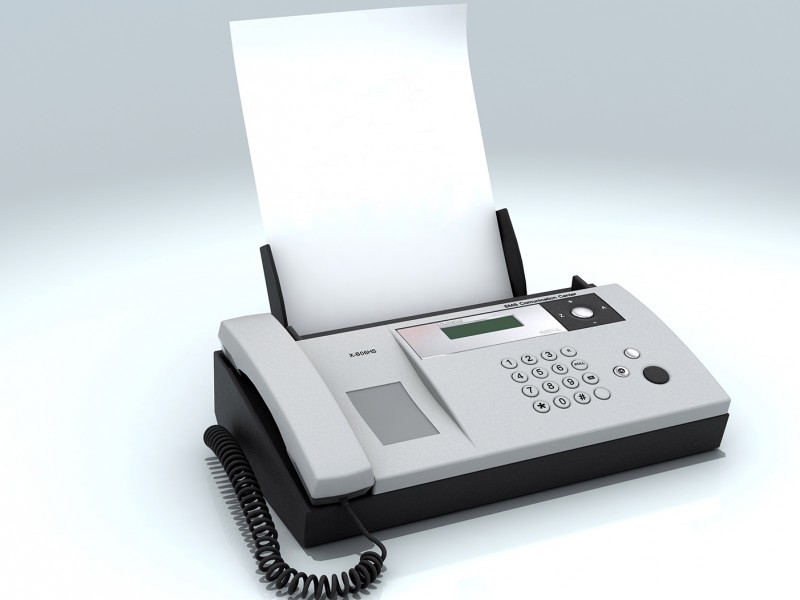 While digital transformation may currently be the trendiest term in the industry, it seems that there is still a place for technologies that don’t quite align with this vision. Take the fax machine as an example. Scottish inventor Alexander Bain was able to first reproduce graphics using a fax-like technique back in 1846. Through line-by-line scanning of a message written with special ink on a metallic surface, electrical impressions of the original and a telegraph circuit could be used to transmit the information at a distance. At the other end, paper sensitive to electricity received the lines one by one.
While digital transformation may currently be the trendiest term in the industry, it seems that there is still a place for technologies that don’t quite align with this vision. Take the fax machine as an example. Scottish inventor Alexander Bain was able to first reproduce graphics using a fax-like technique back in 1846. Through line-by-line scanning of a message written with special ink on a metallic surface, electrical impressions of the original and a telegraph circuit could be used to transmit the information at a distance. At the other end, paper sensitive to electricity received the lines one by one.
But the technology has since drastically evolved to make these machines a staple part of most office environments. However, many would argue that in this paperless era we continue to strive for, why are old-fashioned, paper-heavy machines still relevant? The Financial Times reported that renowned hotel brand, Premier Inn, recently removed fax machines from its back-office operations at over 750 sites, supporting the theory that modern methods of communication, such as scanning and email, are the future.
And while there may still be a cost involved in sending faxes – merely the paper charge, I hasten to add, its nothing on the cost of what sending a fax was in 1989. According to Tweed News, a fax cost $4 per page back in the late eighties. That being said, a collection of technologies have come and gone during the fax machine’s reign – from dial-up internet and pagers, to VHS and DVDs. But while fax machines are still built into most printer’s mainframes, it’s hard to pronounce them dead – yet, anyway.
A primary reason why these age-old companions are still being used is because when you send a fax, you can choose to receive a ‘confirmation page’ – a printout affirming that your document has successfully been delivered to the fax machine on the receiving end. But what’s more, in the time it takes to print out, scan a document, realise the document is upside down, re-scan it, look up someone’s email address, and then send the document, you could have simply slipped it into the document feeder, dialed 10 numbers and pressed the green button in much quicker time.





